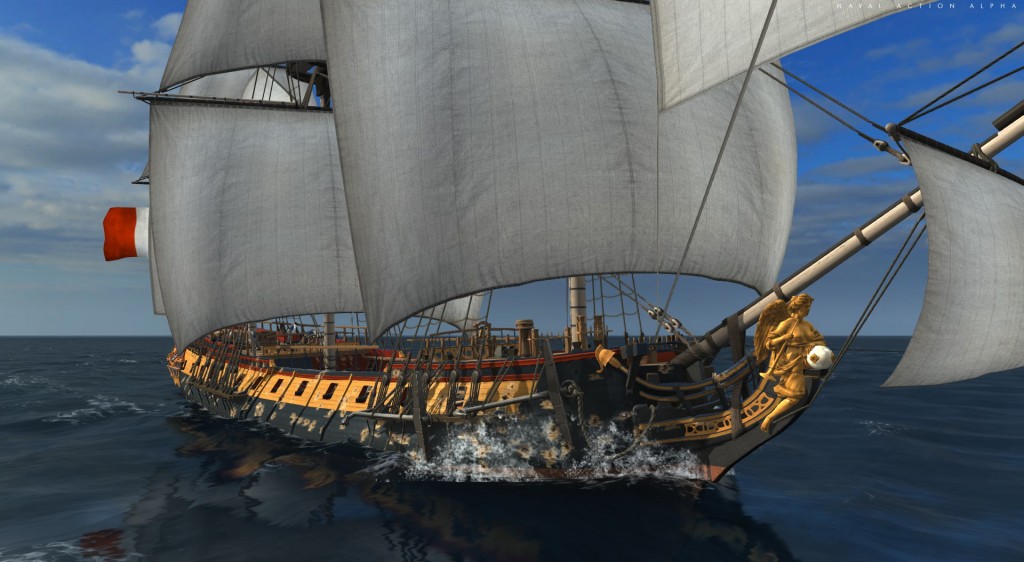

The United States military became one of the largest fighting forces in the world during World War 2 and the subsequent 'Cold War' only served to solidify its place on the global stage for decades to come. Its command structure can appear bewildering at times, sometimes regardless of whether one attempts to understand it on either a professional or a casual level. The information presented on the following pages provides the visitor with the available ranks and structure of the four major American military branches of service (the Coast Guard falls under the banner of the Navy and is included here as well). Each rank is listed from lowest-to-highest in their respective chain-of-command and include applicable ranks and shoulder patches. Also consider the and past.
The 'Military Factory' name and MilitaryFactory.com logo are registered ® U.S. Trademarks protected by all applicable domestic and international intellectual property laws. All written content, illustrations, and photography are unique to this website (unless where indicated) and not for reuse/reproduction in any form. Material presented throughout this website is for historical and entertainment value only and should not to be construed as usable for hardware restoration, maintenance, or general operation.
Feb 03, 2016 A Tutorial covering the basics you should know about boarding and capturing ships in Naval Action. Includes bonus footage of me boarding a 3rd rate at the en. Edgeworld chronicles.
We do not sell any of the items showcased on this site. Please direct all other inquiries to militaryfactory AT gmail.com.Part of a network of sites that includes, a data-driven property used in ranking the top military powers of the world, and, the World Directory of Modern Military Aircraft.www.MilitaryFactory.com. All Rights Reserved.
Content ©2003.
AAdmiral of the Navy has only been during the history of the US Navy. It is considered superior to fleet admiral, but does not have a NATO rank code Other officers In most navies, is the common address to commanding officers of a naval ship, regardless of their actual rank. As a rank, naval ranks of captain are almost always senior to army captains.
Exceptions are the and the, where 'captain' refers to the same rank in the navy as in the army. In many navies, the concepts of army captain and ship's lieutenant are merged into the rank of 'captain-lieutenant'. Examples of this are Germany, Russia, Portugal, Denmark and Norway.Common rank titles used are:. OF-1(junior):, acting sub-lieutenant, ship-of-the-line ensign 2nd class. OF-1(senior):, (junior grade), ship-of-the-line ensign 1st class.
OF-2:, (senior grade),. OF-3:,. OF-4:,. OF-5:,.Many naval rank systems ultimately derive from either British, French or Spanish naval usage.Generally speaking, naval ranks systems derived from French and Spanish usage use the names of different classes of ship (, ) in their rank titles. This is also the case in some other navies, e.g.
Two German naval ranks, those of 'corvette captain' and 'frigate captain'.Naval rank systems derived from British usage use the rank 'captain' exclusively for the highest rank of ship's captain (i.e. Of the largest class of ship) and use the rank 'lieutenant' exclusively for the highest rank of ship's lieutenant (i.e. Of the largest class of ship).
In such navies, the captains and lieutenants of smaller ships are therefore unlikely to have the naval rank of 'captain' or 'lieutenant' respectively; and furthermore a naval 'captain' is therefore equivalent to an army, and a naval 'lieutenant' to an army. These naval ranks should not be confused with merchant navy ranks, where the rankings are based on department basis, although captain has the ultimate authority, followed by the chief engineer.